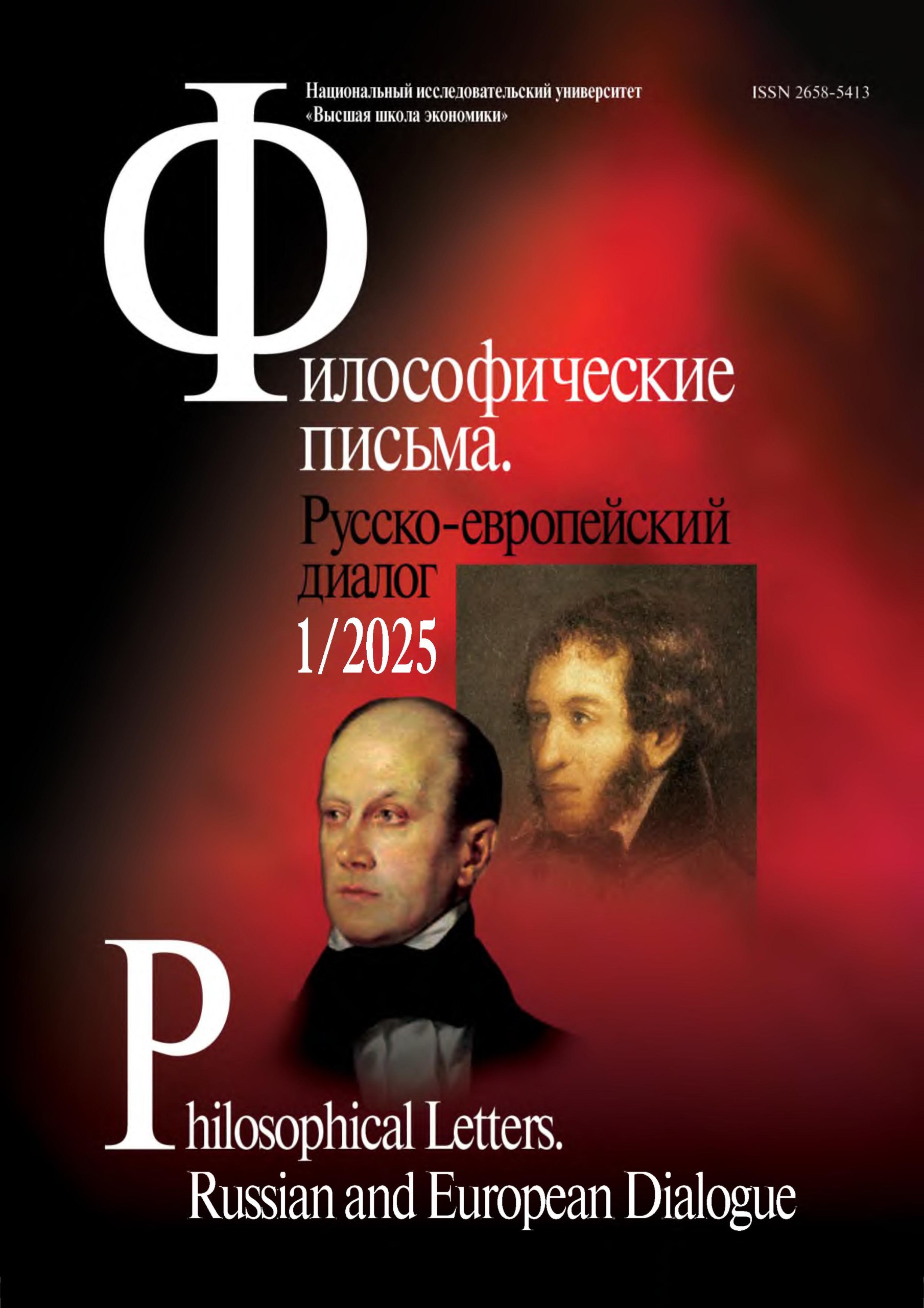‘Unity of the Region with the Empire': The Issue of Rusification of ‘Quiet Finland‘
Abstract
The article discusses several issues related to 1) the special status of the Finnish “borderland” within the Russian Empire, and 2) the process of Russification. The Grand Duchy of Finland, which emerged as a result of Russia's annexation of Finnish territory through the Treaty of Fredrikshamn in 1809, became a “reliable shield of security” on the northwestern borders of the empire. Alexander I, through a special manifesto, preserved the traditional way of life for Finns, along with their previous laws, rights, and freedoms, which transformed the duchy into a quasi-autonomous state with all its inherent attributes. This political course was supported by all subsequent rulers of Russia. The global reforms of Alexander II aimed at modernizing various spheres of life were particularly significant for the development of the “borderland.” By the end of the 19th century, militaristic tendencies in Europe intensified, and anti-Russian sentiments began to spread. In this context, the government emphasized the idea of a “united and indivisible Russia,” which became the core of the Russification process in the “borderlands.” The implementation of the idea of “closer unity” between the Finnish “borderland” and the empire was entrusted to Governor-General N. I. Bobrikov. He developed a program of specific measures necessary for the “Russification” of the region, the promotion of which was entrusted to the “Finnish Newspaper.” Both the program and the newspaper faced strong opposition from the Finnish elite. N. I. Bobrikov was assassinated by an extremist in 1904, and the newspaper was closed, publishing manifestos about the abdication of Nicholas II and Grand Duke Michael.

